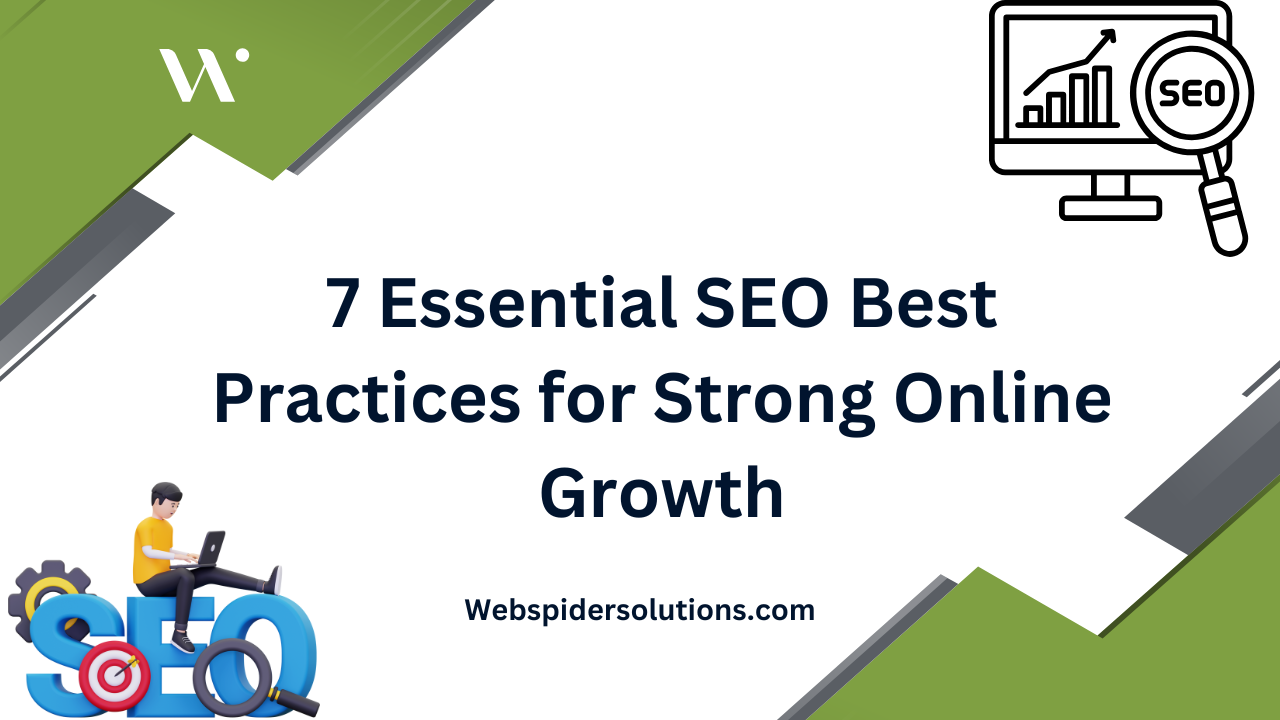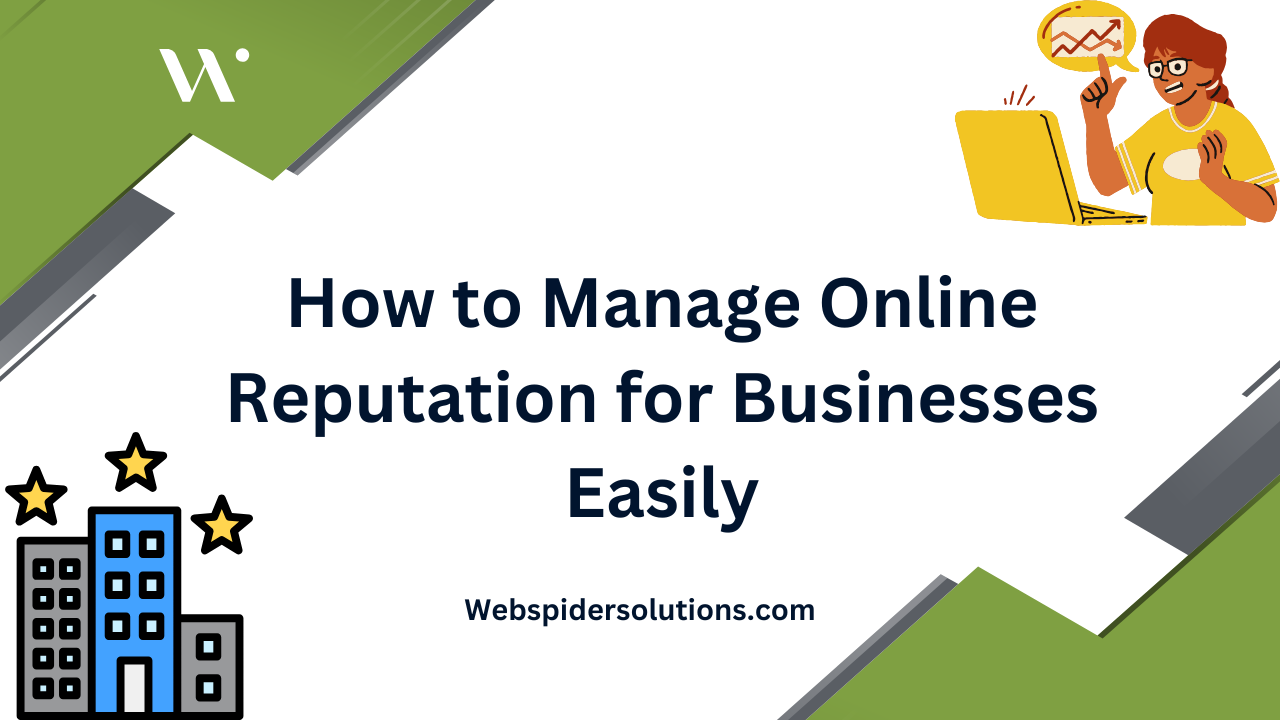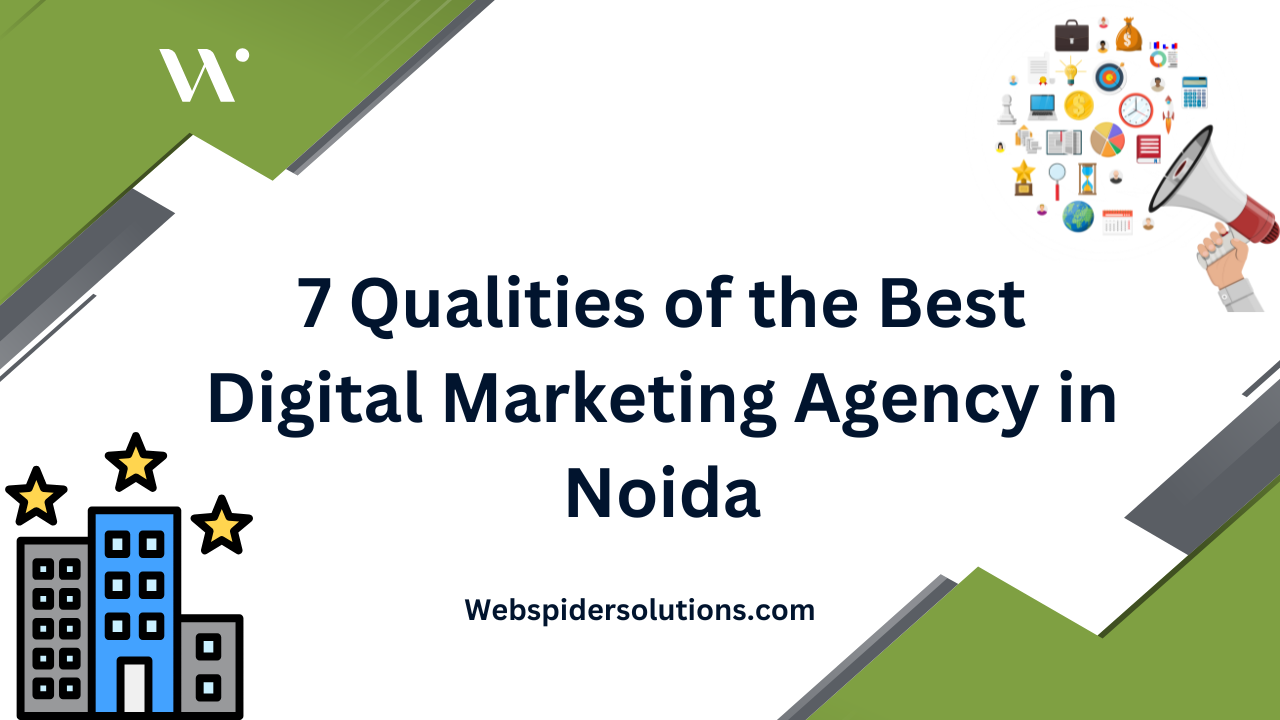Content audits are the secret weapon for brands that want more from their digital efforts. Too often, teams are shocked to discover that up to 30 percent of their content generates almost no meaningful traffic or engagement at all. Most people expect the process to be too complicated or tedious to lead to real change. The truth is, a focused content audit built around clear goals and smart analysis can unlock powerful results with far less effort than you think.
Table of Contents
- Step 1: Define Your Content Audit Goals
- Step 2: Gather Your Existing Content Assets
- Step 3: Analyze Content Performance Metrics
- Step 4: Identify Content Gaps And Opportunities
- Step 5: Create A Content Optimization Plan
- Step 6: Implement Changes And Monitor Results
Quick Summary
| Key Point | Explanation |
|---|---|
| 1. Define clear audit goals | Establish specific, measurable objectives to guide your content audit effectively. |
| 2. Conduct comprehensive content inventory | Systematically gather all existing digital content for thorough analysis and optimization. |
| 3. Analyze performance metrics | Use analytics to connect data with content effectiveness and audience engagement levels. |
| 4. Identify content gaps | Conduct keyword research to find topics missing from your existing content strategy. |
| 5. Implement and monitor changes | Execute your optimization plan, track results, and adjust based on performance feedback. |
Step 1: Define your content audit goals
Successful content audits begin with crystal-clear objectives. Without precise goals, your audit becomes an unfocused exercise that wastes time and resources. A strategic content audit requires understanding exactly what you want to achieve and how those goals align with your broader digital marketing strategy.
Start by identifying your primary motivation. Are you looking to improve search engine rankings, increase audience engagement, clean up outdated content, or align your materials with current brand messaging? Your goals will determine the depth and approach of your content audit.
Consider mapping out specific, measurable outcomes you want to accomplish. For instance, you might aim to reduce content redundancy by 30%, improve organic search visibility for key landing pages, or eliminate underperforming blog posts that generate minimal traffic. These concrete objectives transform your audit from a vague review into a targeted optimization process.
To structure your goals effectively, apply the SMART framework: Specific, Measurable, Achievable, Relevant, and Time-bound. A goal like “improve website content quality” becomes “Reduce content inventory by 25% and increase average time on page by 15% within the next quarter” – a precise, actionable target that provides clear direction.
Dive deeper into content audit strategies with our comprehensive guide that breaks down each step of the process. Your audit’s success hinges on establishing robust, well-defined objectives that serve your broader digital marketing strategy.
Step 2: Gather your existing content assets
Once you have defined clear audit goals, the next crucial step is comprehensive content collection. This stage involves systematically identifying and compiling every piece of digital content across your organization’s online platforms. Your goal is to create a complete inventory that leaves no content asset overlooked.
Begin by conducting a thorough content inventory across all digital channels. This means examining your website, blog, social media platforms, email newsletters, downloadable resources, and any other content repositories. Utilize web crawling tools like Screaming Frog or content management system reports to generate an exhaustive list of existing content assets.
Spreadsheets become your primary organizational tool during this process. Create a master document that captures critical information for each content piece: URL, title, content type, publication date, author, word count, target keywords, and current performance metrics. This comprehensive tracking allows for detailed analysis and comparison during subsequent audit stages.
Below is a summary table of recommended tools and resources for gathering and analyzing your content assets during the audit process.
| Tool/Resource | Purpose | Key Use Case |
|---|---|---|
| Screaming Frog | Website crawling and content inventory | Compile URLs and metadata |
| CMS Reports | Export site content and performance data | Generate content lists |
| Spreadsheets | Organize and track content inventory | Record all content attributes |
| Cloud Storage/Backups | Securely preserve content files | Save screenshots/backups |
| Analytics Platforms | Measure content performance metrics | Connect data to inventory |
| Heat Mapping Software | Visualize user engagement patterns | Analyze content sections |

Pro tip: Don’t just collect links – gather actual content files and screenshots as backup. Digital content can change or disappear quickly, so maintaining local copies ensures you have a reliable reference point throughout your audit. Consider using cloud storage or dedicated backup solutions to preserve these assets securely.
Learn more about content inventory techniques with our in-depth guide that walks you through each collection strategy. Remember, a meticulously gathered content inventory sets the foundation for a successful and insightful content audit, providing the raw material needed for strategic analysis and optimization.
Step 3: Analyze content performance metrics
With your content inventory compiled, it’s time to dive deep into performance analysis. This critical step transforms raw data into actionable insights that will guide your content strategy. **Performance metrics reveal the true value and impact of your digital content beyond surface-level observations.
**
Start by connecting your content inventory to key analytics platforms like Google Analytics, which provide comprehensive performance tracking. Focus on metrics that directly reflect content effectiveness: organic traffic, average time on page, bounce rate, conversion rates, and user engagement signals. These numbers tell a nuanced story about how your content resonates with target audiences.
Quantitative data must be balanced with qualitative assessment. Look beyond raw numbers to understand why certain content performs well or falls short. Examine user interaction patterns, scroll depth, and the specific sections of content that generate the most engagement. Some high-traffic pages might have low conversion rates, while seemingly underperforming content could contain valuable insights about audience preferences.
Utilize advanced tracking tools that offer granular performance breakdown. Heat mapping software and user behavior analytics can provide visual representations of how readers interact with your content. Pay special attention to content that consistently underperforms or shows declining engagement trends. These pieces might require significant revision, consolidation, or complete removal from your digital ecosystem.
Explore advanced content marketing strategies to help you interpret and leverage these performance metrics effectively. Remember that metric analysis is not a one-time event but an ongoing process of refinement and optimization. Your goal is to transform data into strategic decisions that continuously improve your content’s impact and reach.
The following table outlines each major step of the content audit process, summarizing its primary focus and expected outcome to provide a quick reference for successful execution.
| Step | Key Focus | Expected Outcome |
|---|---|---|
| Define Content Audit Goals | Set specific, measurable objectives | Clear direction for the audit |
| Gather Content Assets | Inventory all digital content | Comprehensive content master list |
| Analyze Performance Metrics | Evaluate content effectiveness | Data-driven insights for decision-making |
| Identify Content Gaps and Opportunities | Discover missing or underperforming areas | List of topics and formats for new content |
| Create Content Optimization Plan | Prioritize and plan improvements | Actionable roadmap for updates |
| Implement Changes and Monitor Results | Execute and track optimization efforts | Evidence of increased engagement and effectiveness |
Step 4: Identify content gaps and opportunities
Content gap analysis transforms your audit from a retrospective review into a strategic planning tool. This step uncovers hidden opportunities where your current content fails to meet audience needs or address critical market segments. By systematically mapping your existing content against audience expectations and search intent, you create a roadmap for targeted content development.
Start by conducting comprehensive keyword research that reveals topics your audience is actively searching for but your current content does not adequately address. Tools like SEMrush or Ahrefs can help identify search queries with high volume and low competition, presenting prime opportunities for new content creation. Compare these potential topics against your existing content inventory to pinpoint precise gaps in your current content strategy.
Your competitive analysis becomes crucial during this stage. Examine competitors’ content libraries to understand what topics they cover that you might have missed. Look beyond direct competitors to industry thought leaders and adjacent market segments. The most valuable content opportunities often exist in the whitespace between traditional content categories.
Engage directly with your audience through surveys, social media interactions, and customer feedback channels to validate and refine your gap analysis. Customer questions, support ticket themes, and forum discussions can reveal content needs that pure keyword research might miss. This human-centered approach ensures your content strategy remains responsive and relevant.
Discover advanced content marketing strategies that can help you effectively leverage these insights. Remember that content gap identification is an ongoing process, requiring continuous monitoring and adaptation to evolving audience needs and market dynamics.
Step 5: Create a content optimization plan
A strategic content optimization plan transforms your audit insights into actionable improvements. This critical step bridges the gap between analysis and execution, providing a clear roadmap for content enhancement. Your optimization plan should prioritize content based on performance metrics, potential impact, and alignment with your overall marketing objectives.
Begin by categorizing your content into clear intervention groups. Some content will require minimal updates, while others might need complete rewrites or consolidation. Create a prioritization matrix that considers factors like current performance, strategic importance, and resource requirements. Focus first on high-traffic content with underperforming conversion rates, as these pieces offer the most immediate potential for significant improvement.
Develop specific optimization strategies for different content types. For blog posts, this might mean updating outdated statistics, improving readability, and enhancing SEO elements. Cornerstone content may need more comprehensive revisions, including deeper research, additional multimedia elements, and more comprehensive coverage of topic clusters. Technical content should be reviewed for accuracy, while evergreen pieces might require subtle refreshes to maintain relevance.
Implement a systematic approach to tracking and executing your optimization efforts. Create a detailed spreadsheet that maps out specific actions for each piece of content, including target keywords, recommended updates, and estimated effort required. Assign clear ownership and deadlines to ensure accountability and consistent progress. Remember that content optimization is an ongoing process, not a one-time event.
Explore our comprehensive content marketing strategies to help you refine and execute your optimization plan effectively. The most successful content strategies remain flexible, continuously adapting to audience needs and changing market dynamics.

Step 6: Implement changes and monitor results
The implementation phase transforms your carefully crafted optimization strategy from theoretical planning into tangible digital improvements. This critical step determines whether your content audit delivers meaningful results or remains an academic exercise. Begin by executing your optimization plan systematically, prioritizing changes that promise the highest potential impact on audience engagement and search performance.
Adopt a phased implementation approach that allows for careful tracking and adjustment. Start with content pieces that require minimal updates, gradually progressing to more complex revisions. Use version control methods to document each change, maintaining clear records of modifications. This approach enables you to isolate the specific updates driving performance improvements and quickly revert changes if unexpected negative outcomes occur.
Continuous monitoring becomes your primary tool for validating optimization efforts. Leverage analytics platforms to track key performance indicators immediately after implementing changes. Pay close attention to metrics like organic traffic, time on page, bounce rate, and conversion rates. These indicators provide real-time feedback on the effectiveness of your content updates. Set up custom dashboards that allow side-by-side comparisons of pre and post-optimization performance, enabling rapid insight generation.
Establish a regular review cadence to assess the long-term impact of your content modifications. Quarterly reviews provide sufficient time to gather meaningful data while remaining agile enough to make swift adjustments. Remember that content optimization is an iterative process. No single audit represents a permanent solution, but rather a snapshot of ongoing improvement.
Learn more about developing robust content monitoring strategies to ensure your digital content continues delivering maximum value. Your commitment to continuous improvement will distinguish your content strategy in an increasingly competitive digital landscape.
Turn Your Content Audit Insights Into Unstoppable Growth
Struggling to bridge the gap between your deep-dive content audit and measurable business results? You are not alone. Most organizations collect mountains of content data but get stuck turning findings—like underperforming pages and content gaps—into real progress. As highlighted in your content audit checklist, the real challenge is not just gathering content performance metrics, but building a strategic optimization plan that drives visibility and revenue.
Imagine turning every outdated web page and missed keyword opportunity into a growth lever. At Web Spider Solutions, our team works with you to connect actionable insights from your audit directly to proven solutions, from tailored content marketing to traffic-driving technical SEO. Ready to move from theory to thriving digital presence? Visit Web Spider Solutions to schedule a free strategy session or explore how our comprehensive digital marketing services help you dominate in competitive markets.
Frequently Asked Questions
What are the main goals I should set for my content audit in 2025?
To set meaningful goals for your content audit, identify specific objectives such as improving search engine rankings, increasing audience engagement, or eliminating outdated content. Aim for measurable targets like reducing content redundancy by 30% or increasing average time on page by 15% within the next quarter.
How can I conduct a comprehensive content inventory for my website?
Begin your content inventory by systematically gathering all digital content, including website pages, blog posts, and social media posts. Create a spreadsheet that captures vital information like URLs, titles, and performance metrics to ensure no content asset is overlooked.
What performance metrics should I analyze during my content audit?
Focus on key performance metrics such as organic traffic, average time on page, bounce rate, and conversion rates. Analyze these metrics to determine how well each piece of content is resonating with your audience and adjust your strategy accordingly.
How do I identify content gaps in my current strategy?
Conduct thorough keyword research to find high-volume, low-competition topics that your audience is searching for but that you haven’t covered. Compare these findings with your existing content inventory to pinpoint specific areas where new content is needed.
What steps should I take to optimize my content based on audit findings?
Develop a content optimization plan that categorizes pieces into distinct intervention groups, from minor updates to complete rewrites. Prioritize high-traffic content with low conversion rates for immediate updates to maximize impact, aiming for tangible improvements within the next few weeks.
How can I monitor the results after implementing content changes?
Implement a regular review cadence to assess the impact of your content changes over time, focusing on metrics like organic traffic and conversion rates. Establish custom reports or dashboards to make comparisons easy and monitor performance improvements systematically.
Recommended











